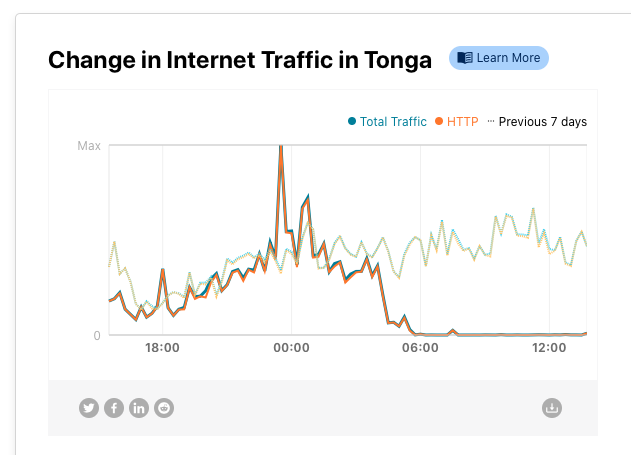RPKI in action!
On Friday, AS209 created ROAs for 64.193.176.0/20 and 64.193.192.0/20 to regain IP space hijacked by AS134121.
Networks that drop RPKI invalids (2914,1299,6939) dropped the routes, although they are still in circulation via other networks.
On Friday, AS209 created ROAs for 64.193.176.0/20 and 64.193.192.0/20 to regain IP space hijacked by AS134121.
Networks that drop RPKI invalids (2914,1299,6939) dropped the routes, although they are still in circulation via other networks.

Zoomed-in view to better understand withdrawal timing.
- AS1299 begins withdrawing at 19:22 UTC
- AS2914 begins withdrawing at 19:33 UTC
- AS6939 had route withdrawn by 19:38 UTC
(cc: @JobSnijders)
- AS1299 begins withdrawing at 19:22 UTC
- AS2914 begins withdrawing at 19:33 UTC
- AS6939 had route withdrawn by 19:38 UTC
(cc: @JobSnijders)

For good measure. AS209 also began announcing the 32 /24's that make up this space at 20:50 UTC.
For example, 64.193.176.0/24:
For example, 64.193.176.0/24:

• • •
Missing some Tweet in this thread? You can try to
force a refresh















